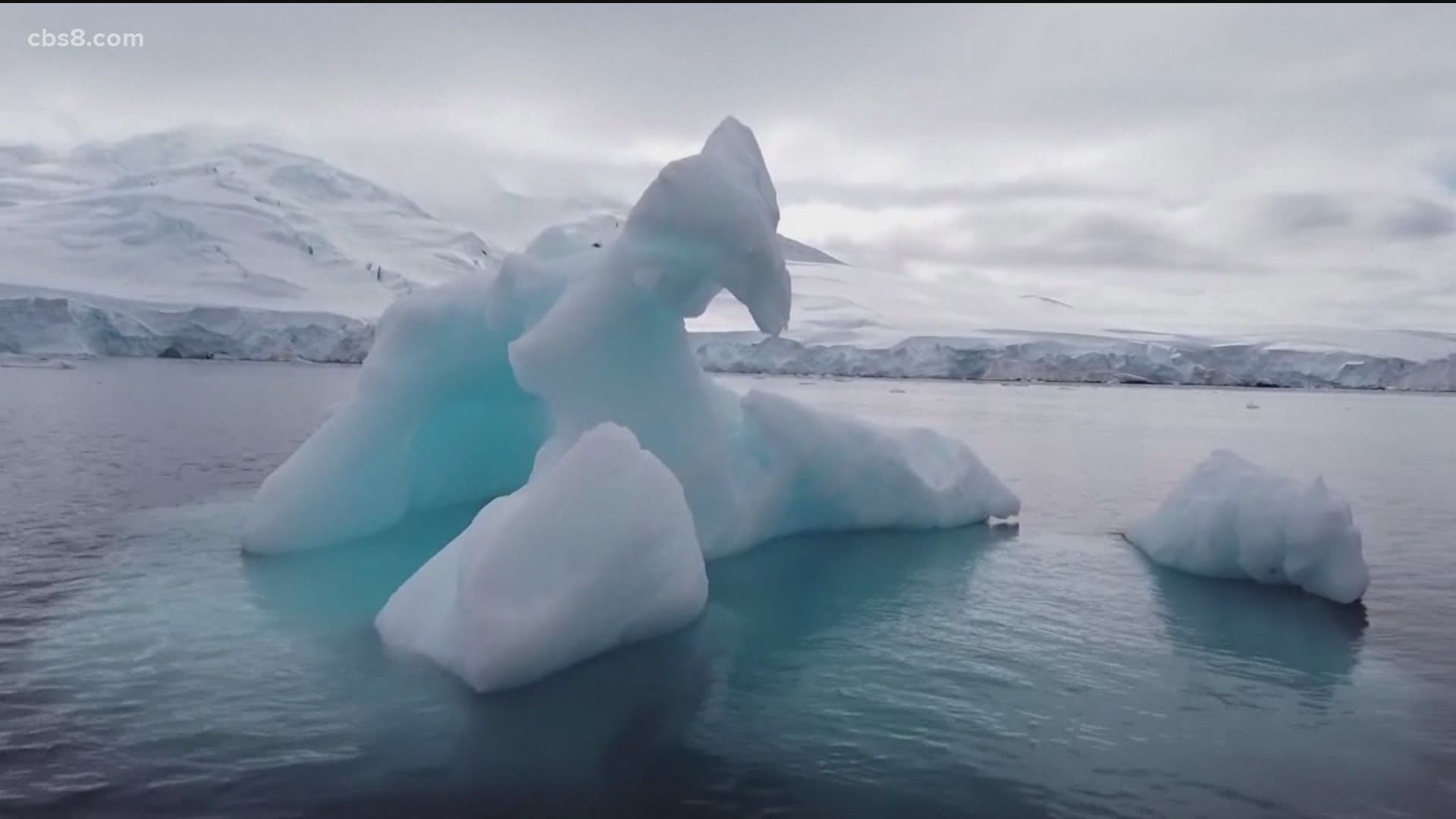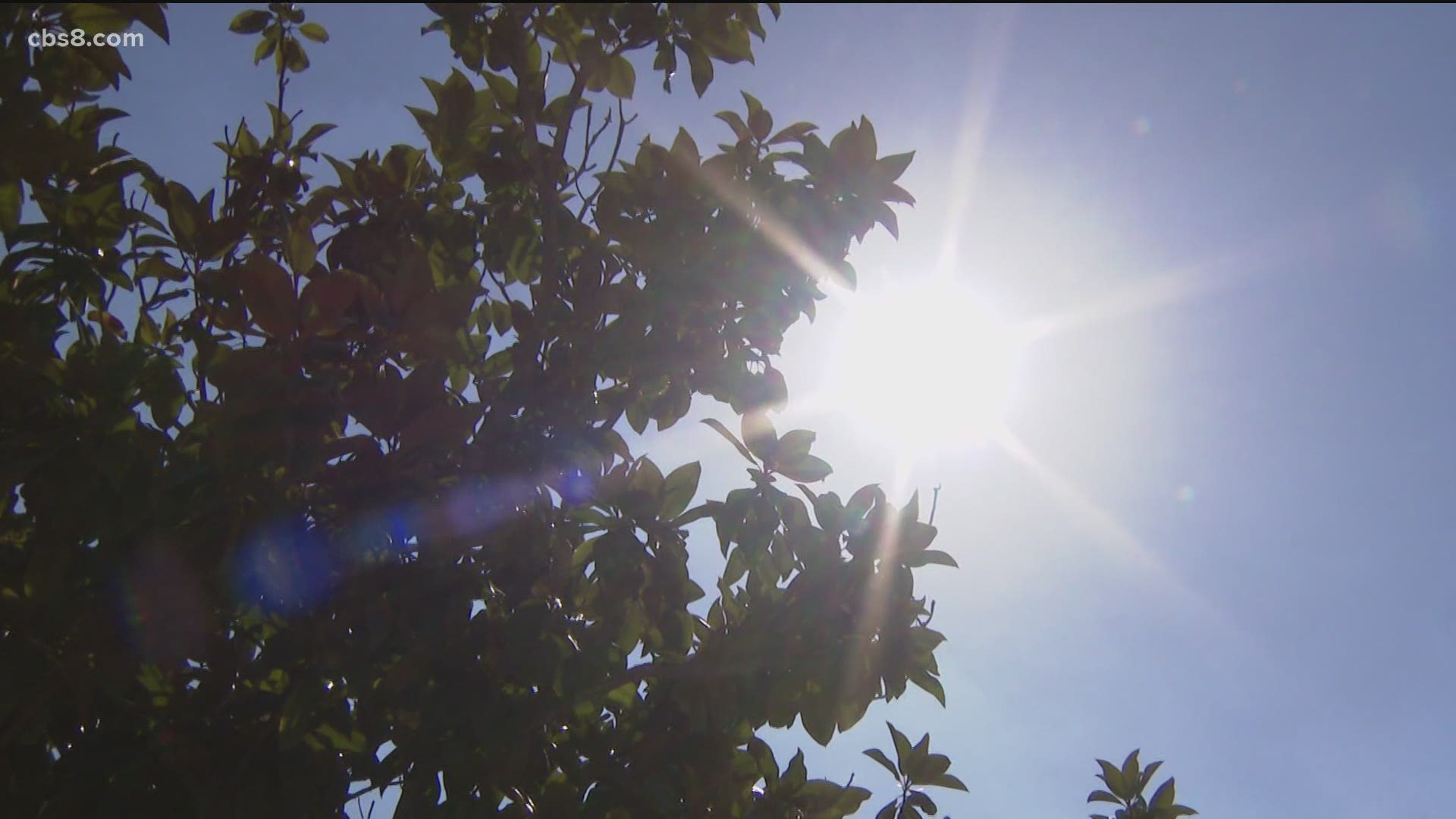The Arctic sea ice area has seen a decline of 13% per decade in the last four decades and according to geologist Dr. Pat Abbott that's over a 50% loss of the arctic ice cap.
"The arctic is incredibly important to the temperature of the northern hemisphere in particular, far more so than is realized," explained Abbott.
Think of the Arctic as our air conditioner.
"You get this contrast of all this ice in the arctic and the heat at the equator drives a lot of the weather flow," continued Abbott.
That contrast is now less and the jet stream is wandering from its usual patterns because of the dramatic loss of sea ice.
"We have excellent satellite records from 1979 until present and when we're focusing on September when sea ice is at a minimum and during that 42 years it's down 50% of what it was," Abbott said. "We also melt it underneath by the warming ocean water, warming it underneath you are thawing the older thicker ice."
When you look at volume of ice, the thickness it's only 20% of what it was. With less ice to reflect the sun's energy, it's absorbed and warms the ocean.
"The warmer water not only melts the ice it makes it harder for new sea ice to form," according to Abbott.
With climate lag time the hope is that we haven't passed the tipping point.
"We can't recognize a tipping pointing advance, that's the nasty thing. If you knew where the tipping point was there'd be motivation to act but the only way you can know the tipping point is after you've passed it and of course once you've passed it by definition now it becomes impossible to revers," said Abbott.


